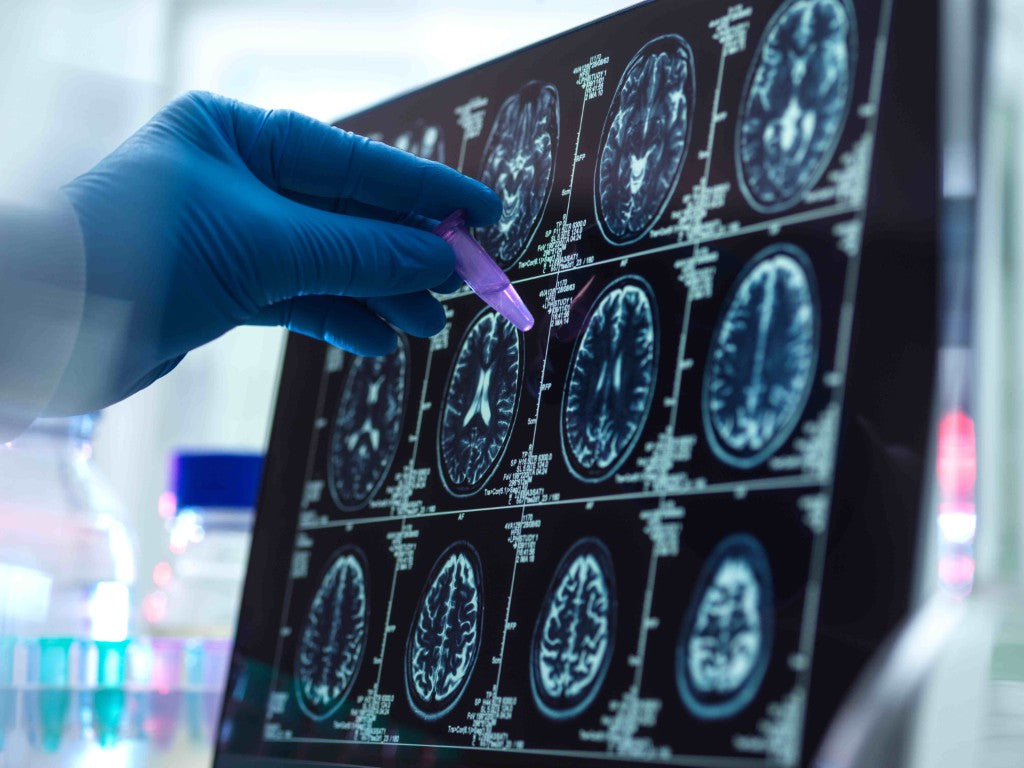
How the eCSeptionOL Formula Targets Neuroinflammation, Oxidative Stress, and Cognitive Decline
Share
Neuroprotection and Cognitive Health: The Science Behind eCSeptionOL®
Advances in neuroscience and nutraceutical research continue to deepen our understanding of how natural bioactives can support brain resilience, reduce neuroinflammation, and protect against age-related cognitive decline. The research below highlights several key mechanisms relevant to brain health, drawn from preclinical and clinical studies focused on compounds found in the multi-ingredient formula eCSeptionOL®.
- DHA and PEA Reduce Inflammatory Cytokines and Support Microglial Health: DHA and PEA reduce IL-1β and TNF-α secretion from microglia, and DHA supports TREM2-dependent phagocytic activity essential for clearing cellular debris under inflammatory stress1.
- Quercetin and Astaxanthin Modulate YKL-40 via NF-κB and STAT3 Pathways: These bioactives reduce expression of CHI3L1 (YKL-40), a glial inflammation marker, by inhibiting upstream regulators NF-κB and STAT3, thus modulating neuroinflammatory cascades2,2a,2b.
- BCP Activates CB2 Receptors, Suppresses CXCL10, and Preserves Synaptic Function: Beta-caryophyllene (BCP) activation of CB2 suppresses inflammatory chemokine CXCL10, reduces pro-inflammatory signaling, and preserves hippocampal synapses in aging models3,3a.
- Quercetin and DHA Reduce Oxidative Marker MDA by 42%, Supporting Redox Balance: Co-administration of these compounds significantly lowered lipid peroxidation markers such as malondialdehyde, while boosting antioxidant enzymes like SOD and CAT4,4a,4b.
- Astaxanthin Increases SOD Activity by 35%, Strengthening the Antioxidant Defense: In human neutrophils under stress, astaxanthin with vitamin C significantly increased superoxide dismutase levels, reinforcing mitochondrial resilience5.
- PEA Reduces NOX4 via PPAR-α Activation, Limiting Oxidative Injury: Studies in high-glucose and ischemia/reoxygenation models show that PPAR-α signaling suppresses NOX4 expression, with downstream improvements in antioxidant metrics such as BH4 and cell viability6,6a.
- Quercetin Boosts PGC-1α, Encouraging Mitochondrial Biogenesis and Brain Energy: Following traumatic brain injury, quercetin upregulates mitochondrial regulators like PGC-1α and cytochrome c, promoting energy recovery and synaptic health7.
- DHA Stabilizes Mitochondria and Reduces Cytochrome c Release to Prevent Apoptosis: DHA helps preserve mitochondrial membrane potential and suppresses pro-apoptotic signals including cytochrome c and caspase-3 in ischemic brain models8.
- Quercetin Activates SIRT1, Supporting Cellular Longevity and Energy Metabolism: Through SIRT1 signaling, quercetin promotes antioxidant enzyme expression, mitophagy, and neuronal resilience in neurodegenerative disease models9.
- Higher DHA Intake Improves Aβ42/40 Ratio, a Marker of Reduced Amyloid Burden: Long-term observational data show that higher omega-3 consumption, particularly DHA, associates with a stabilized amyloid-beta profile and less tau pathology progression over time10.
- Astaxanthin Lowers p-Tau181 via GSK-3β Inhibition, Benefiting Alzheimer's Progression: Preclinical research demonstrates that astaxanthin reduces phosphorylated tau accumulation, likely through modulation of GSK-3β activity, while improving learning and memory11.
- PEA and BCP Reduce Axonal Stress Markers Including Neurofilament Light Chain (NfL): Both compounds preserve axonal integrity, with PEA acting via PPAR-α and BCP via CB2/PPARγ pathways, resulting in lower neuroinflammation, oxidative damage, and markers of axonal degeneration12,12a.

